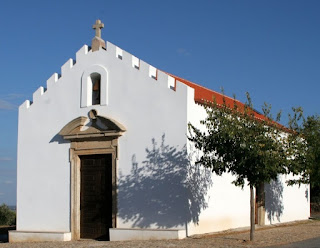Quinta da Alma Cheia, located in the Parish of Ninho do Açor, is an early 20th-century property featuring orchards, vineyards and meadows. Currently used for rural tourism the farm has 4 granite houses with open space architecture, spread over 120 hectares.
Each house has 2 bedrooms, a living room, a kitchenette, a bathroom with free toiletries, a private entrance, a flat-screen satellite TV and free Wi-Fi. All houses have a terrace and lake and mountain views.
This Quinta has a private river beach. The area allows guests to enjoy outdoor activities such as sailing, swimming, boating and fishing.
Each house has 2 bedrooms, a living room, a kitchenette, a bathroom with free toiletries, a private entrance, a flat-screen satellite TV and free Wi-Fi. All houses have a terrace and lake and mountain views.
This Quinta has a private river beach. The area allows guests to enjoy outdoor activities such as sailing, swimming, boating and fishing.

















































